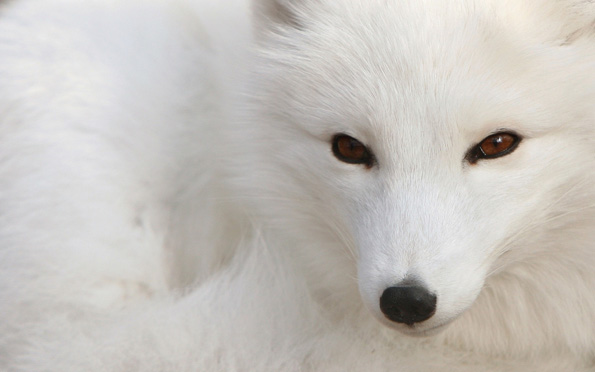 Arctic Species Trend Index (ASTI) is a biodiversity project commissioned and coordinated by the Arctic Council's CAFF working group's Circumpolar Biodiversity Monitoring Program. The ASTI keeps track how the Arctic's ecosystems and the living resources dependent upon the ecosystems are responding to the environmental change taking place in the Arctic today. The Index, which was developed as a collaboration between the CBMP, the Zoological Society of London, UNEP World Conservation Monitoring Centre and the Worldwide Fund for Nature, uses population monitoring data to track trends in marine, terrestrial and freshwater Arctic vertebrate species. The index allows for a composite measure of the overall population trends of Arctic vertebrate populations. It can also be organized to display trends based on taxonomy, biome or region. Currently, the Index tracks almost 1000 Arctic vertebrate population data-sets by biome, taxa, migratory status etc. making it very important information source on Arctic biodiversity trends.
Arctic Species Trend Index (ASTI) is a biodiversity project commissioned and coordinated by the Arctic Council's CAFF working group's Circumpolar Biodiversity Monitoring Program. The ASTI keeps track how the Arctic's ecosystems and the living resources dependent upon the ecosystems are responding to the environmental change taking place in the Arctic today. The Index, which was developed as a collaboration between the CBMP, the Zoological Society of London, UNEP World Conservation Monitoring Centre and the Worldwide Fund for Nature, uses population monitoring data to track trends in marine, terrestrial and freshwater Arctic vertebrate species. The index allows for a composite measure of the overall population trends of Arctic vertebrate populations. It can also be organized to display trends based on taxonomy, biome or region. Currently, the Index tracks almost 1000 Arctic vertebrate population data-sets by biome, taxa, migratory status etc. making it very important information source on Arctic biodiversity trends.
 The ASTI has now released a new assessment on the Arctic's biodiversity "Tracking Trends in Arctic Wildlife" according to which 26 per cent decline in species populations has occured in the high Arctic over the past 34 years. While some of these declines may be part of a natural cycle, there is concern that pressures such as climate change may be exacerbating natural cyclic declines.
The ASTI has now released a new assessment on the Arctic's biodiversity "Tracking Trends in Arctic Wildlife" according to which 26 per cent decline in species populations has occured in the high Arctic over the past 34 years. While some of these declines may be part of a natural cycle, there is concern that pressures such as climate change may be exacerbating natural cyclic declines.
In contrast, population levels of species living in the sub-Arctic and low Arctic are relatively stable and in some cases, increasing. Populations of marine mammals, including bowhead whales found in the low Arctic, may have benefited from the recent tightening of hunting laws. Some fish species have also experienced population increases in response to rising sea temperatures.
Because of the important role the Arctic ecosystem plays in the global ecology the results presented in the ASTI report are highly important for non-Arctic researchers as well. "Rapid changes to the Arctic's ecosystems will have consequences for the Arctic that will be felt globally. The Arctic is host to abundant and diverse wildlife populations, many of which migrate annually from all regions of the globe. This region acts as a critical component in the Earth's physical, chemical, and biological regulatory system," says lead-author Louise McRae from the Zoological Society of London (ZSL).
Further information on the project and the "Tracking Trends in Arctic Wildlife" report can be found on the ASTI homepage.
For other complementary information, please see:
The Circumpolar Biodiversity Monitoring Program (CBMP)
The Zoological Society of London (ZSL)
UNEP World Conservation Monitoring Centre (UNEP-WCMC)
